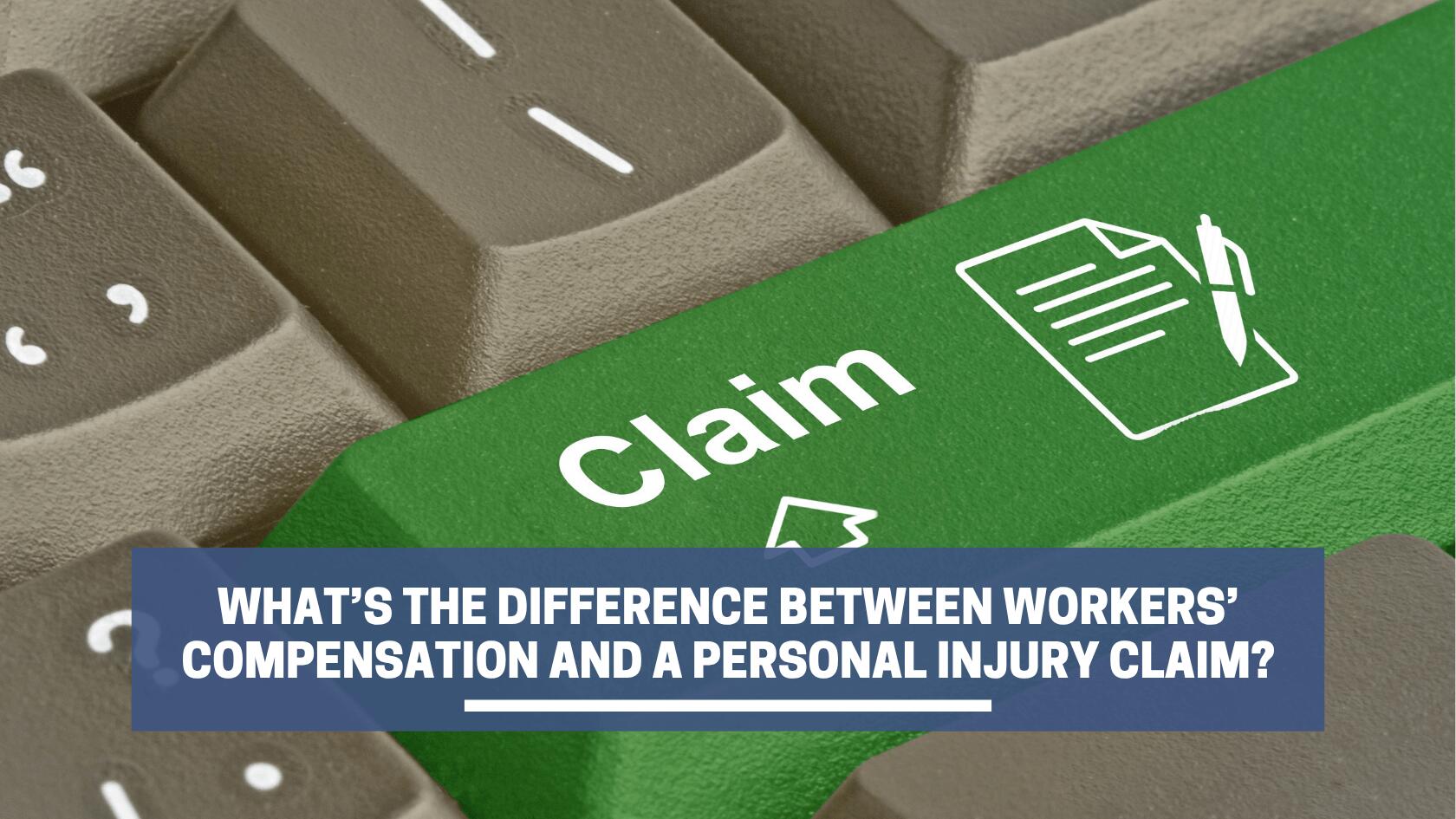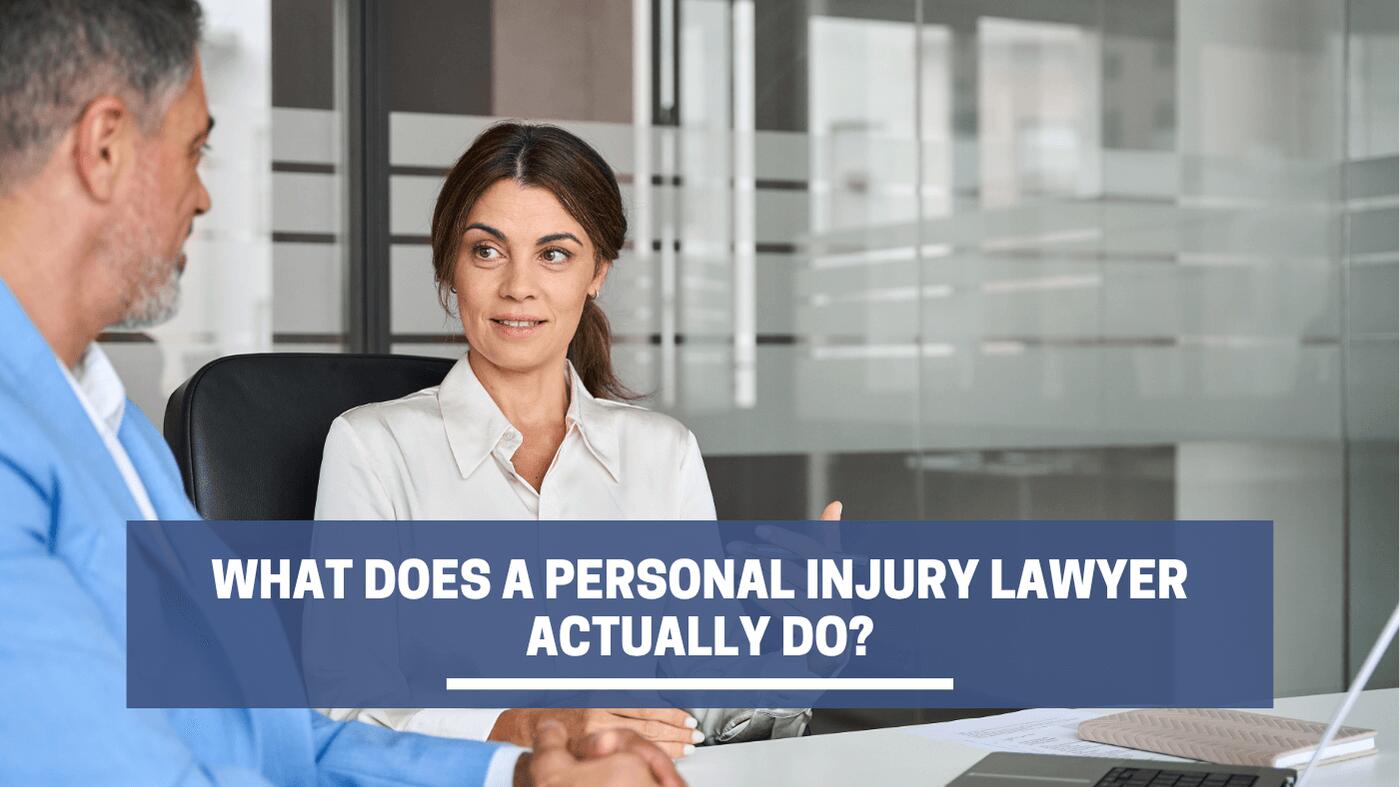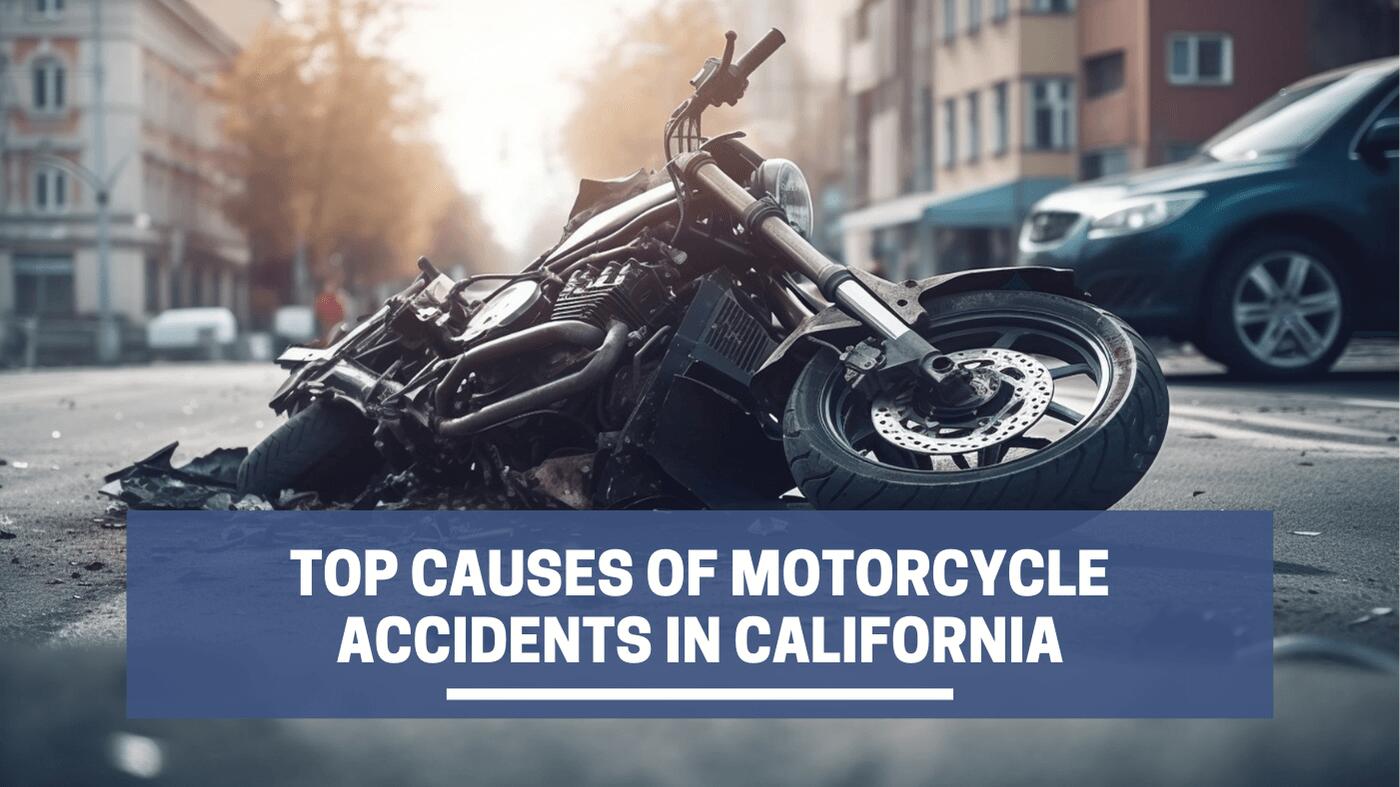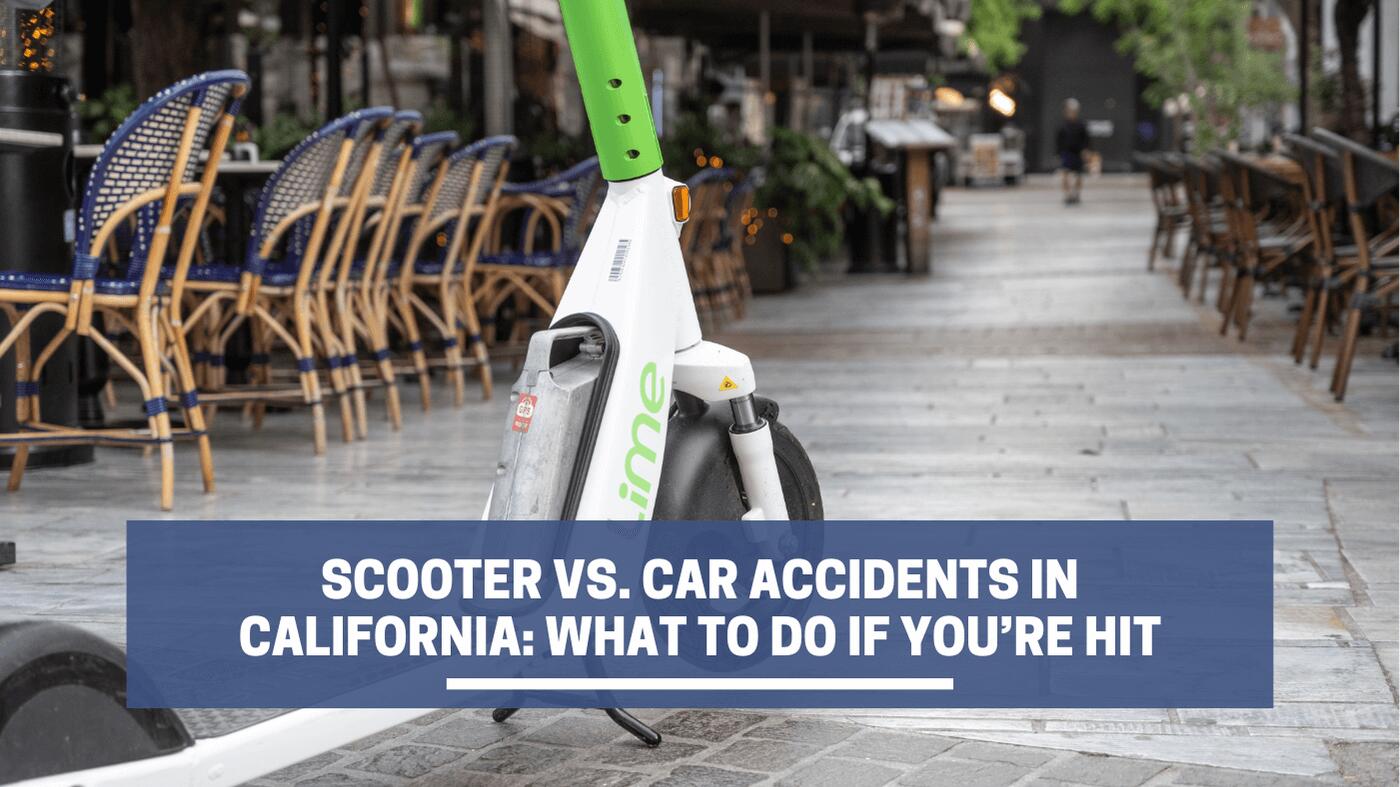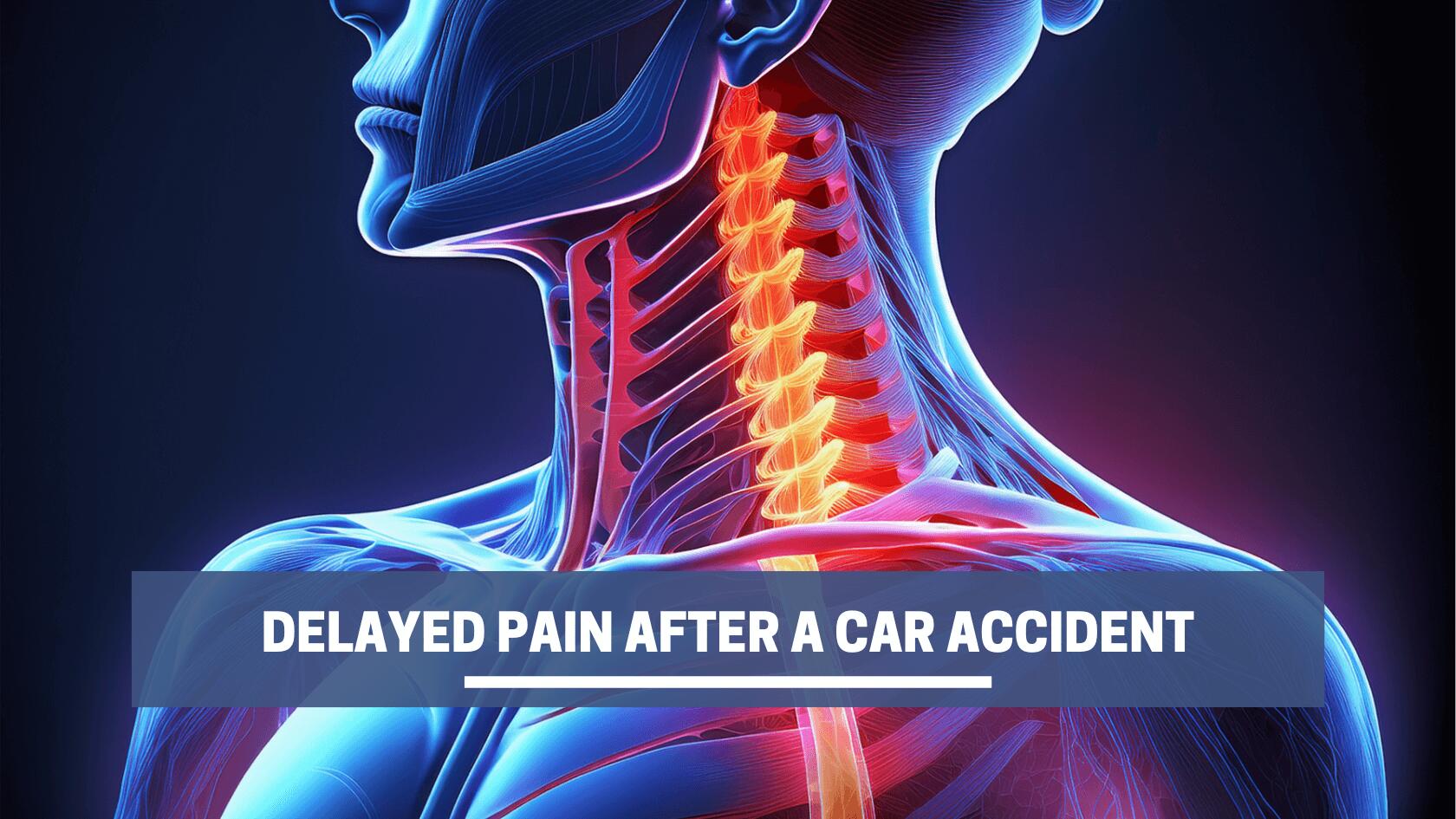A slip on a wet floor, a faulty machine, or one careless moment on the job—sometimes, that’s all it takes for a regular workday to turn into a medical emergency.
Workplace injuries are all too common in California, where more than 18.7 million people work in industries like construction, healthcare, and transportation. In 2023 alone, 363,900 employees were hurt on the job—many left facing lost wages, mounting medical bills, and uncertainty about how to stay afloat.
If you were injured while working in Los Angeles County, you might be asking, Will workers’ comp cover it? Can I sue my employer for a personal injury? What if I’m a contractor with no benefits?
In most cases, workers’ compensation provides essential support. But depending on the circumstances, especially if a third party was involved, you may also have a valid personal injury claim.
Here’s how to tell the difference between workers’ comp and personal injury claims, and when to contact an experienced Glendale job-related accident attorney to protect your rights.
Understanding Workers’ Compensation
Workers’ compensation is a no-fault insurance system that helps injured workers after an on-the-job accident. In California, it’s required for all employers with one or more team members and is available to anyone legally classified as an employee.
Benefits of workers’ comp:
- Medical care for work-related injuries. Workers’ comp medical treatment covers necessary care, from doctor visits to surgery and physical therapy.
- Wage replacement while you recover. Workers’ comp for lost wages provides partial income if you can’t work due to injury.
- Support for long-term impairment. Workers’ comp disability benefits apply if your injury results in temporary or permanent limitations.
Injured employees may also qualify for vocational retraining, job placement support, and education benefits.
Challenges of Workers’ Compensation
Workers’ compensation provides crucial support after a workplace injury, but it doesn’t cover everything and often has limitations, such as:
- You can’t sue your employer directly. Workers’ comp is the exclusive remedy in most cases, meaning you give up the right to file a personal injury lawsuit against your employer, even if they were at fault.
- Benefits are limited in amount and duration. Workers’ comp only covers a portion of your average weekly wages and may be capped or time-limited. For instance, in 2025, you can receive up to $1,680.29 per week for 104 weeks (two years), for temporary total disability benefits.
These limitations can leave injured workers without full support, especially when the injury leads to lasting financial hardship or involves a third party.
What Is a Personal Injury Claim?
A personal injury claim is a civil lawsuit against a third party who caused your injury through negligence or wrongful conduct. Unlike workers’ compensation, you must prove that another party is responsible.
Here’s what to know about third-party claims for workplace injuries:
- Based on fault. You must demonstrate that someone else caused your injury through negligence or wrongful conduct. This includes gathering evidence like accident reports, witness statements, and video footage of the incident.
- Includes broader compensation. These claims may cover pain and suffering, emotional distress, and full wage loss—damages unavailable through workers’ comp.
- Applies to third-party liability. These claims are used when someone outside your workplace—like a driver, subcontractor, or manufacturer—causes your injury. They’re often the only option for independent contractors who don’t qualify for workers’ comp.
Understanding the differences between these two claim types can help you determine what legal action applies to your case.
Personal Injury vs. Workers’ Compensation: Differences at a Glance
Knowing whether to file a workers’ comp vs. personal injury claim can be confusing, especially if your employment status isn’t clear. Here’s a breakdown of how these two types of claims differ and when each might apply:
| Element | Workers’ Compensation | Personal Injury |
| Negligence vs. No Fault | No need to prove fault. Benefits are provided regardless of who caused the accident. | Subject to the personal injury fault requirement—you must show someone else caused your injury. |
| Medical Bills | Covers necessary medical treatment through approved providers until you are cleared to return to work. | Seeks full reimbursement for medical bills, including ongoing or out-of-network care. |
| Lost Wages | Pays a portion (usually two-thirds) of your weekly wages. Subject to limits. | May include full lost wages plus future earning capacity if the injury affects long-term work. |
| Pain and Suffering | Not included. | Pain and suffering personal injury damages are available and can increase total compensation. |
| Time to File | Typically, one year from the date of injury, but you must notify your employer within 30 days of the injury. | Usually two years from the date of injury, though exceptions may apply. |
| Legal Process | File a claim with your employer’s insurance carrier and follow their process. Disputes or denials go through the Workers’ Compensation Appeals Board (WCAB). | Often filed through a third party’s liability insurance or auto insurance. If no settlement is reached, the case may proceed to civil trial. |
In most cases, you qualify for workers’ comp benefits vs.personal injury damages, not both. However, certain situations may allow you to pursue a combination of the two.
Can You Ever File Both?
In rare circumstances, yes. If someone outside your workplace caused the injury, you may be able to file a workers’ compensation claim and a personal injury lawsuit simultaneously. These cases often involve third-party liability, such as a delivery driver injured by another motorist while working.
If you’re dealing with both claims, they can overlap in a few important ways:
- You can receive medical coverage and wage replacement through workers’ comp while pursuing additional damages in a civil claim.
- If your injury lawsuit results in a settlement for the same costs paid by workers’ comp, your employer’s insurer may request reimbursement (a process called subrogation).
- Filing both may involve different deadlines, forms of evidence, and legal procedures that must be kept in sync.
A worksite accident attorney familiar with both systems can coordinate the process and protect your right to full compensation.
Which Type of Claim Should You File?
Figuring out whether to pursue a workers’ comp vs. a personal injury claim starts with the details of your accident. Consider the circumstances, who was involved, and how the injury affects your life.
You may have a workers’ compensation claim if:
- You were hurt while performing your regular job duties.
Example: A warehouse employee strains their back while lifting boxes. - No outside party contributed to the accident.
Example: A cook slips on a wet kitchen floor at their restaurant. - You’re classified as an employee under California law.
Example: An hourly retail worker trips on a store mat while restocking shelves.
You may have a personal injury claim if:
- Someone outside your workplace—like a driver, manufacturer, or property owner—caused the injury.
Example: A construction worker is injured by a faulty power tool supplied by an outside vendor. - You’re an independent contractor or gig worker without access to workers’ comp.
Example: A rideshare driver is rear-ended and has no employer-provided coverage. - The injury happened off-site, but while performing work-related tasks.
Example: A technician falls down broken stairs at a customer’s home.
Ask yourself:
- Was another person or company responsible for what happened?
- Am I covered under workers’ compensation insurance?
- Is my injury serious enough to impact future work or quality of life?
Contact a qualified workplace injury attorney in Glendale to evaluate your situation. They can help clarify your rights, explore your options, and represent your interests during the workers’ compensation or personal injury legal process.
Know Your Rights After a Workplace Injury
If you’ve been injured at work, understanding what type of claim you can file is one of the most important steps you can take. The process can feel overwhelming, especially when you’re already dealing with pain, uncertainty, or lost income.
We know how much a workplace injury can affect your life, making it harder to work, pay bills, or care for the people who rely on you.
If you’re unsure what type of claim applies to your situation, don’t wait or guess. At The Shirvanian Law Firm, our award-winning team will help you evaluate your options, handle the legal process, and fight for the full compensation you deserve. Contact us today for a free consultation.
FAQs
Can I file a personal injury lawsuit and workers’ comp at the same time?
In limited situations, yes. If a third party—such as a subcontractor, property owner, or equipment manufacturer—caused your injury, you may have grounds to pursue both claims. Each addresses different types of damages.
What if my employer caused my injury through negligence?
Generally, you cannot sue your employer for being hurt at work, even if they were negligent. However, if they intentionally caused harm or failed to carry workers’ comp insurance, you may have a valid personal injury claim.
Do I get pain and suffering with workers’ comp?
No. Workers’ compensation is intended to cover medical care and part of your lost wages—not the personal impact or emotional toll of an injury. To receive pain and suffering damages, you need to qualify for a personal injury claim.







